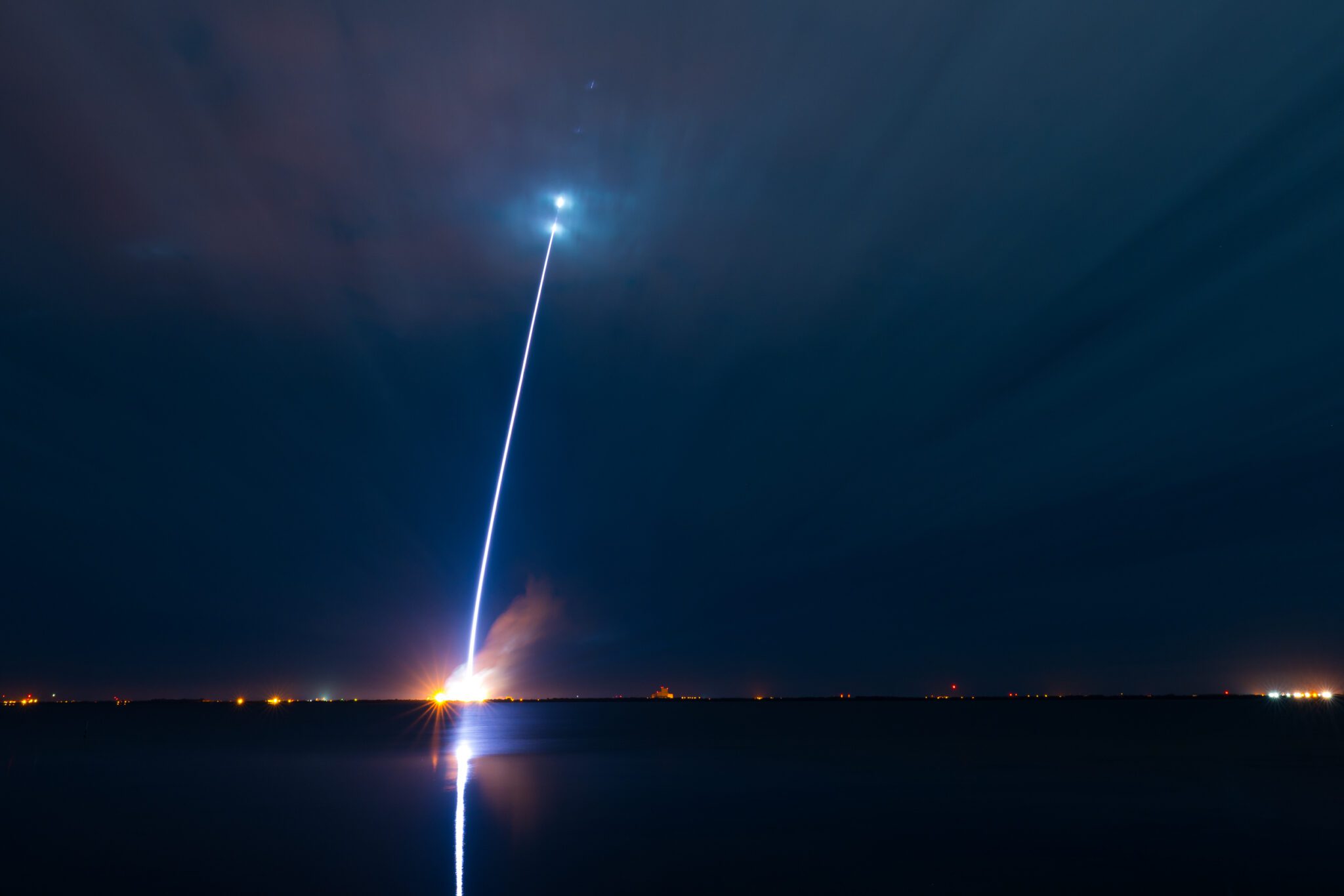The Sierra Nevada Dream Chaser, one of the commercial spacecraft hoping to be used to provide regular transportation services to NASA astronauts has had its first glide test after being airdropped from a helicopter – and crashed on landing. The pilotless test took place on 28 October. Following its release from an Erickson Air-Crane helicopter the Dream Chaster gliding vehicle, the craft made a successful automatic glide approach towards the Edwards Air base in California and had a successful “flare” before landing. However, Sierra Nevada has revealed that the prototype space glider had a glitch with its left undercarraige just before the landing on the 22 left (22L) runway. The left gear of the undercarraige did not deploy correctly and according to reports, as the craft attempted to make a landing on working right wheel, front skid and left wing, the craft “flipped over” in a crash landing.
While its commercial crew spacecraft competitors from Space X, Boeing and Blue Origin use blunt body or biconic capsules ford their designs, the Dream Chaser is a lifting body/winged design based on NASA’s own HL-20 research. As such, while it is a much smaller size, it has been dubbed the true “son of the Space Shuttle” in having the ability to land on conventional runways rather than splash down in the sea, or make parachute landings in deserted areas on land. Despite, the undercarraige setback space analysts believe that the Dream Chaser craft, which has a much larger cross range capability and gentler re-entry g-load compared to its competitors, could emerge as NASA’s preferred way of getting its astronauts into orbit.






